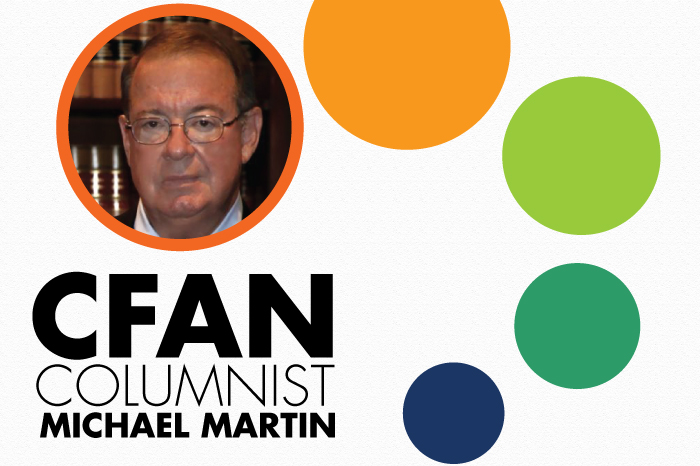Our office began litigating the causes of environmental events, be it by human kind or Mother Nature, in the early 1970s, with no end in sight.
Like many of you, other than farmers and cattle folk who can’t stop nature, we’ve been more isolated. We’ve been watching nature on public television and Planet Earth on the BBC.
We’ve viewed the plight of bats in Kakadu Park in northern Australia three times. Several years ago, we visited the park. The first morning when leaving to explore Kakadu either by sight or by smell we observed thousands of bats hanging from limbs of trees. Every evening, these bats fly to the misnamed Alligator River full of crocodiles to splash in the water to rehydrate and provide food for the waiting crocs. Their ability to maintain moisture is critical. A two-degree increase in an already hot environment will affect their respiration to the point of extinction.
Another repeat nature show involved rare saiga antelopes with a strange-shaped snout in Asia that were dying off by the hundreds of thousands. Finger pointers accused hunters, pesticides, drought, and host of other causes for the dramatic demise of the animals over hundreds of square miles. Autopsies performed found a long-standing bacteria residing in the animals just as bats have housed viruses since the beginning of time. Scientists found that a brief change in temperature warming the animal triggered the bacteria killing the animals.
The question becomes who is responsible for the increase in temperature, us or Mother Nature, and of equal importance can we do something about it? It’s true that one volcano can spew more carbon dioxide into the atmosphere than hundreds of gas-powered vehicles. However, we have seen in the past few weeks a dramatic change in air quality in cities plagued by smog for decades by elimination of motor vehicle traffic. The answer is we are in this together with Mother Nature. We — you and me together—can make a serious dent in the problem.
When pursuing environmental litigation we have crisscrossed America and Canada visiting universities. There are hundreds of professors and serious-minded students working on these issues. If we can buy them some time, they will solve the problems.

